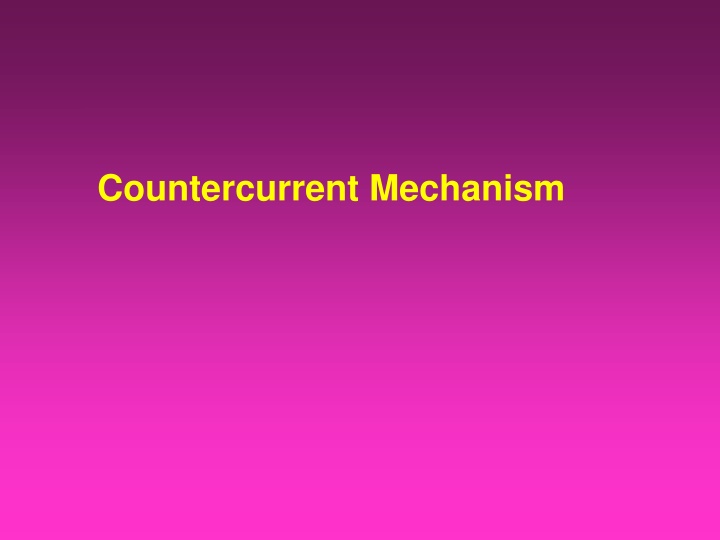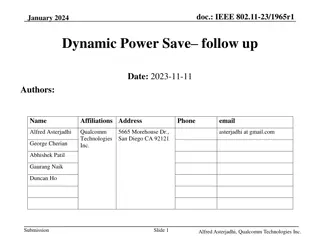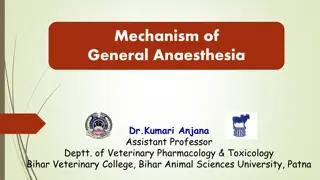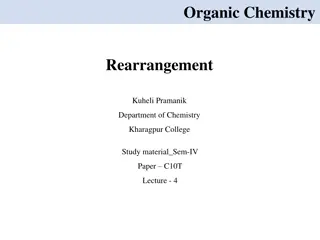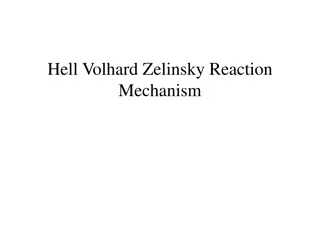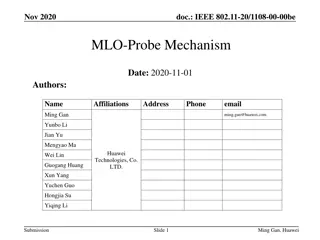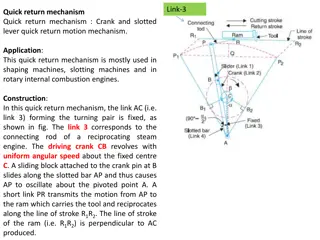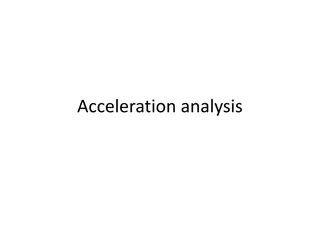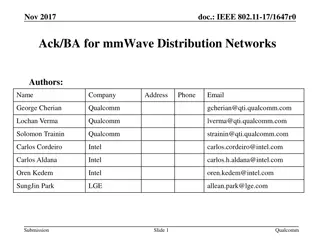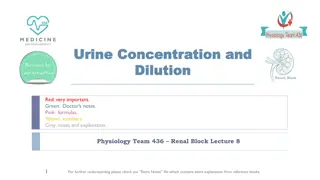Countercurrent Mechanism
Countercurrent mechanism plays a crucial role in biological processes such as kidney function and fish gill respiration by enabling efficient exchange of substances between flowing fluids in opposite directions. This mechanism involves both countercurrent exchange and countercurrent multiplication to maintain concentration gradients and facilitate reabsorption. Explore the intricate workings of countercurrent systems like the loop of Henle and vasa recta, and discover how they optimize nutrient absorption and waste elimination.
Download Presentation

Please find below an Image/Link to download the presentation.
The content on the website is provided AS IS for your information and personal use only. It may not be sold, licensed, or shared on other websites without obtaining consent from the author.If you encounter any issues during the download, it is possible that the publisher has removed the file from their server.
You are allowed to download the files provided on this website for personal or commercial use, subject to the condition that they are used lawfully. All files are the property of their respective owners.
The content on the website is provided AS IS for your information and personal use only. It may not be sold, licensed, or shared on other websites without obtaining consent from the author.
E N D
Presentation Transcript
Countercurrent Exchange The exchange of a chemical substance or heat between two fluids flowing in opposite directions.
Countercurrent Mechanism Interaction between the flow of filtrate through the loop of Henle (countercurrent multiplier) and the flow of blood through the vasa recta blood vessels (countercurrent exchanger) Countercurrent multiplication expends energy to create a concentration gradient. Countercurrent exchanger is similar, with different mechanism, where gradients are maintained but not established.
Loop of Henle: Countercurrent Multiplier The descending loop of Henle: Is relatively impermeable to solutes Is permeable to water The ascending loop of Henle: Is permeable to solutes Is impermeable to water (lack aquaporin) Collecting ducts in the deep medullary regions are permeable to urea.
2 Benefits of Countercurrent Multiplication 1. Efficiently reabsorbs solutes and water before tubular fluid reaches DCT and collecting system 2. Establishes concentration gradient that permits passive reabsorption of water from tubular fluid in the collecting ducts.
Countercurrent Exchanger The vasa recta is a countercurrent exchanger that: Returns solutes and water reabsorbed in medulla to general circulation without disrupting the medullary concentration gradient Provides oxygen and nutrients to medulla without washing out of salts and maintain a high osmolality at the inner medulla.
Formation of Dilute Urine Filtrate is diluted in the ascending loop of Henle. Dilute urine is created by allowing this filtrate to continue into the renal pelvis. This will happen as long as antidiuretic hormone (ADH) is not being secreted (Diabetes insipidus).
Formation of Dilute Urine Collecting ducts remain impermeable to water, no further water reabsorption occurs. Sodium and selected ions can be removed by active and passive mechanisms. Urine osmolality can be as low as 50 mOsm (one-sixth that of plasma).
Formation of Concentrated Urine Antidiuretic hormone (ADH) inhibits diuresis. This equalizes the osmolality of the filtrate and the interstitial fluid. In the presence of ADH, 99% of water in filtrate is reabsorbed.
Formation of Concentrated Urine ADH-dependent water reabsorption is called facultative water reabsorption. ADH is the signal to produce concentrated urine. The kidneys ability to respond depends upon the high medullary osmotic gradient.
MULTIPLE FUNCTIONS OF THE KIDNEYS IN HOMEOSTASIS Excretion of metabolic waste products and foreign chemicals Regulation of water and electrolyte balances Regulation of body fluid osmolality and electrolyte concentrations Regulation of acid-base balance Regulation of arterial pressure Secretion, metabolism, and excretion of hormones Gluconeogenesis
